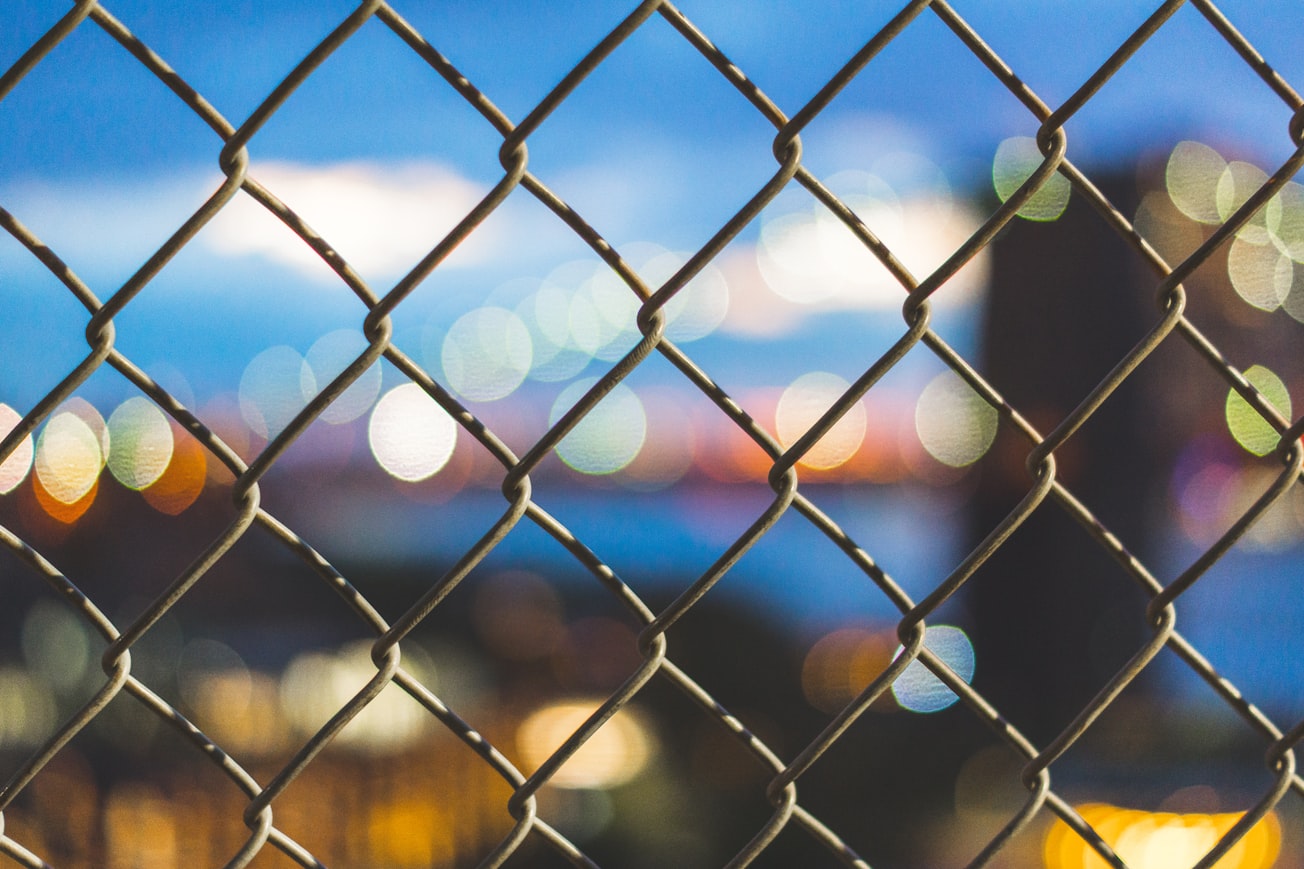What is it about?
Semiconductor based photocathodes are highly sensitive to vacuum environment. Poor vacuum can destroy the photocathode due to chemical poisoning with the gas molecule in the system. Photocathode covered with graphene can substantially reduce the chemical poisoning thus improve the robustness of the cathode in poor vacuum. We have used intercalation process, in which Cs atom could pass through the graphene and react with Antimony to make cesium antimonide photocathode underneath the graphene layer.
Featured Image

Photo by Martin Olsen on Unsplash
Why is it important?
Currently semiconductor based photocathode requires ultra high to extreme high vacuum environment to sustain long enough time. Covering a photocathode with monolayer graphene is an straightforward way to increase the robustness of photocathodes in poor vacuum environment.
Perspectives
Working on 2D material such as graphene always fascinate me. This was a great opportunity for team work to make this type of photocathodes into reality.
Jyoti Biswas
Brookhaven National Laboratory
Read the Original
This page is a summary of: Cesium intercalation of graphene: A 2D protective layer on alkali antimonide photocathode, APL Materials, November 2022, American Institute of Physics,
DOI: 10.1063/5.0122937.
You can read the full text:
Contributors
The following have contributed to this page







